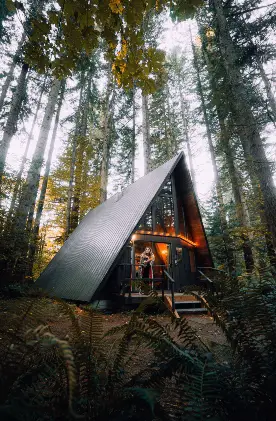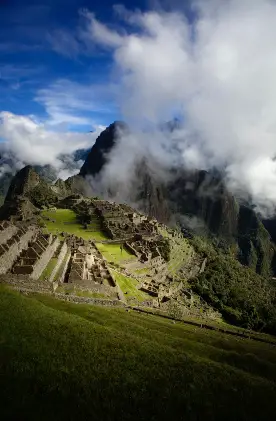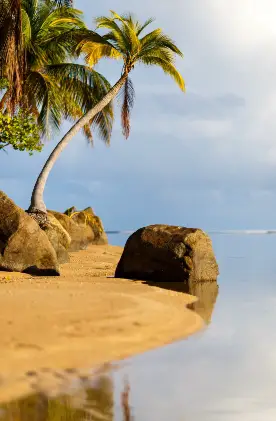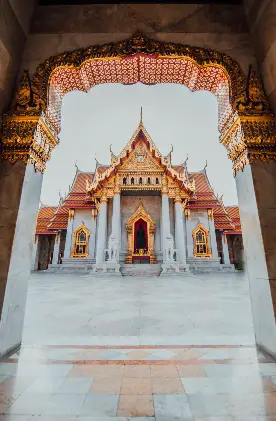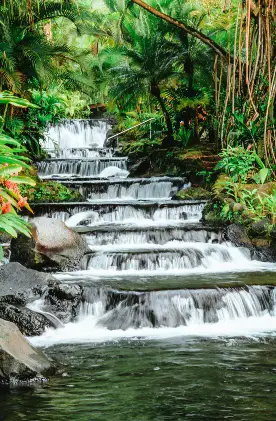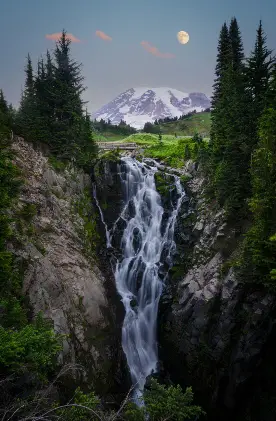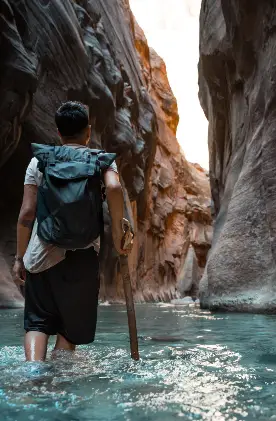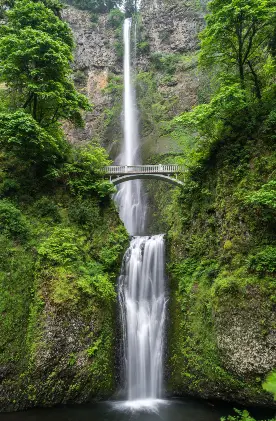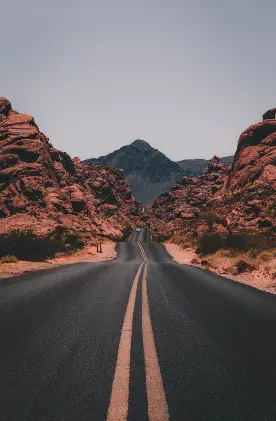Hey, I’m Anna! Thanks for checking out my article on the Painted Hills. I’m a Mechanical Engineer and Wedding Photographer originally from Southern California, but now based in the Seattle, Washington area. When I was 20, I went on my first solo trip to New Zealand and I was hooked.
I was a college student at the time and longed to see the world, so I started learning the art of travel hacking and living minimalistically so everything could be put towards travel. Since I live in the Pacific Northwest, I’m always looking for new places and the Bend, Oregon area caught my eye.
In addition to Bend, I visited Smith Rock and the Painted Hills. Although the Pacific Northwest is known for its lush landscape, there are parts that are less known! The Painted Hills have millions of years of history embedded in the mountain layers, the red soils come from a more tropical period, whereas the yellow soils are from a drier and cooler era.
The hills get their name from the yellow, gold, red and black colors of the soil – like an oil painting. The hues change from one visit to another since the clay stones differ with ever-changing light and moisture. Most people think of the Pacific Northwest as a rainy and cold destination, but the Painted Hills is a great alternative and highlights how diverse this region is.
The Painted Hills is a perfect trip from Bend if you are looking for nature. It’s considered one of the “7 Wonders of Oregon” and you can learn about the palaeontology of the area and history dating back millions of years.
Things To Do at the Painted Hills
The Painted Hills are stunning to check out in the late afternoon to sunset, when the colors of the soil really pop! I recommend going at that time for the best experience. One of my favorite memories from my visit there was watching the colors of the hills light up as the sun was setting. Even the sky lit up in vibrant pinks and purple hues. The stars were so clear as night fell.
The Painted Hills are one of areas that comprise the John Day Fossil Beds: you should see the Clarno Unit, which has Mars-like pillars formed by waterfalls and volcanoes. The Sheep Rock Unit has fossils like sabertooth cats on display at Thomas Condon Paleontology Center. It’s amazing how scientists study 50 million years of plant and animal evolution here!
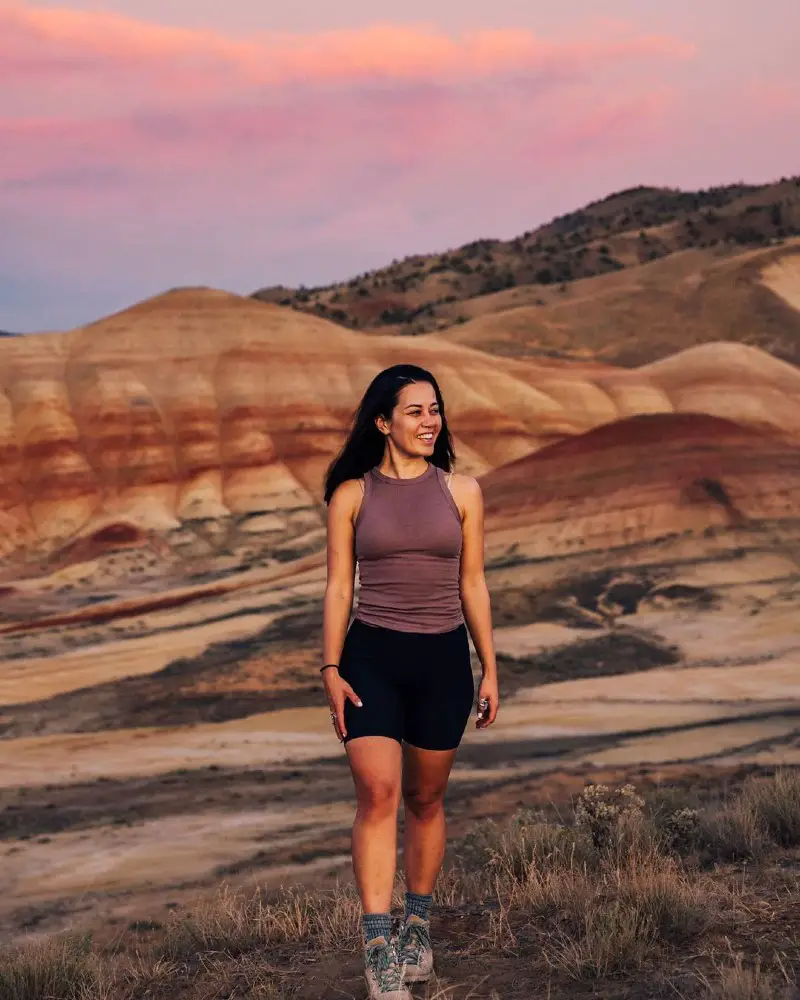
Need to Know Before you Go
The soils are delicate as they date back millions of years so it’s important to stay on the trails. Since this area is technically a desert region, it gets hot during summer. It’s best to visit in the shoulder seasons of spring and fall for the best temperatures. Be sure to check out the visitor center and museums during the day but hike around the hills in the late afternoon.








